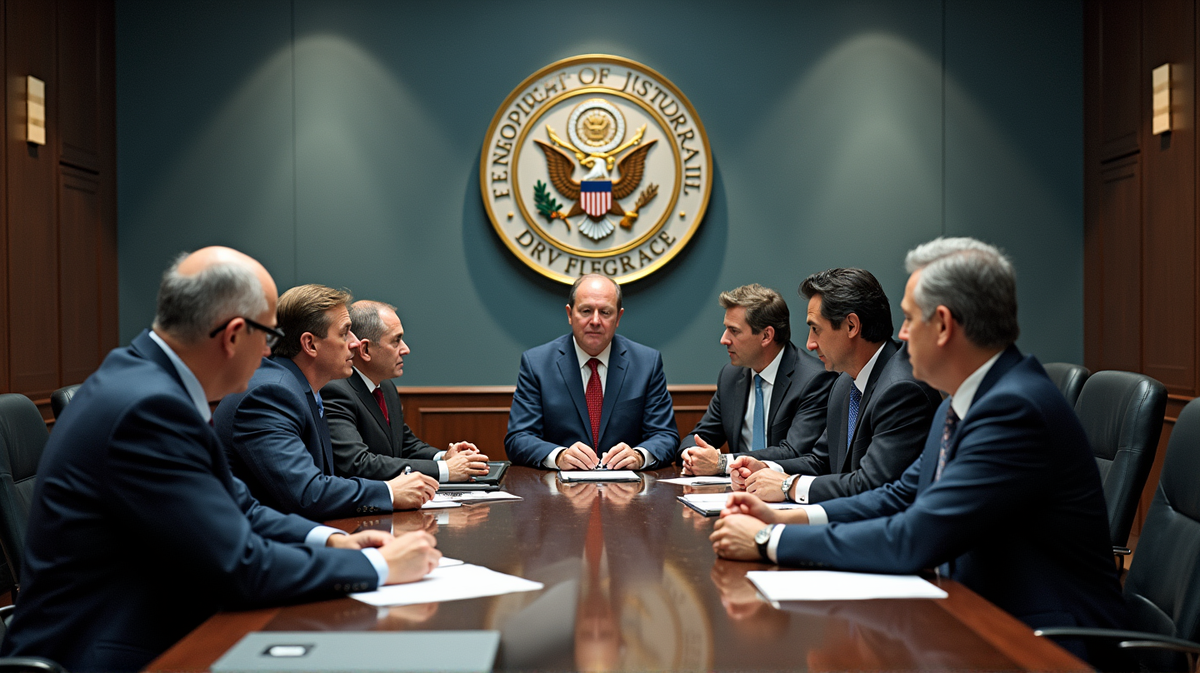Anticipation Builds for Interest Rate Decisions from Bank of Canada and U.S. Federal Reserve
Major monetary policy meetings are set to shape economic landscapes; experts weigh in on expectations.

The financial world is abuzz with anticipation as both the Bank of Canada and the U.S. Federal Reserve gear up for crucial monetary policy meetings. These discussions are predicted to significantly influence the economic trajectories in Canada and the United States.
Setting the Stage for Major Moves
In a world where the smallest ripple in interest rates can send waves through economies, experts are gathering their wits to decipher and predict the outcomes of these pivotal meetings. Central to the discussions are inflation rates, economic recovery post-pandemic, and balancing growth with stability.
What’s at Stake?
As financial leaders prepare for these meetings, the stakes couldn’t be higher. A slight tweak in interest rates can mean the difference between economic growth and recession. National economies hang in a delicate balance, and citizens await with bated breath as their financial futures are decided.
Expert Insights
According to Global News, financial experts, including Nivrita Ganguly and others, are keenly observing the policy nuances that might arise. The Bank of Canada’s stance on inflation and the Federal Reserve’s approach to economic stability could set precedents for future monetary strategies.
A Global Ripple Effect
These decisions are not just local; they pose potential global implications. From currency fluctuations to international trade agreements, what’s decided in the meeting rooms in Ottawa and Washington D.C. will echo across continents, influencing global financial stability.
Conclusion
As these meetings loom closer, the world watches with a mixture of apprehension and optimism. Whether interest rates will move up, down, or stay the same, one thing’s clear: the decisions made could redefine paths for economies on both sides of the border. Stakeholders and citizens alike await the outcomes that could shape economic landscapes for years to come.





